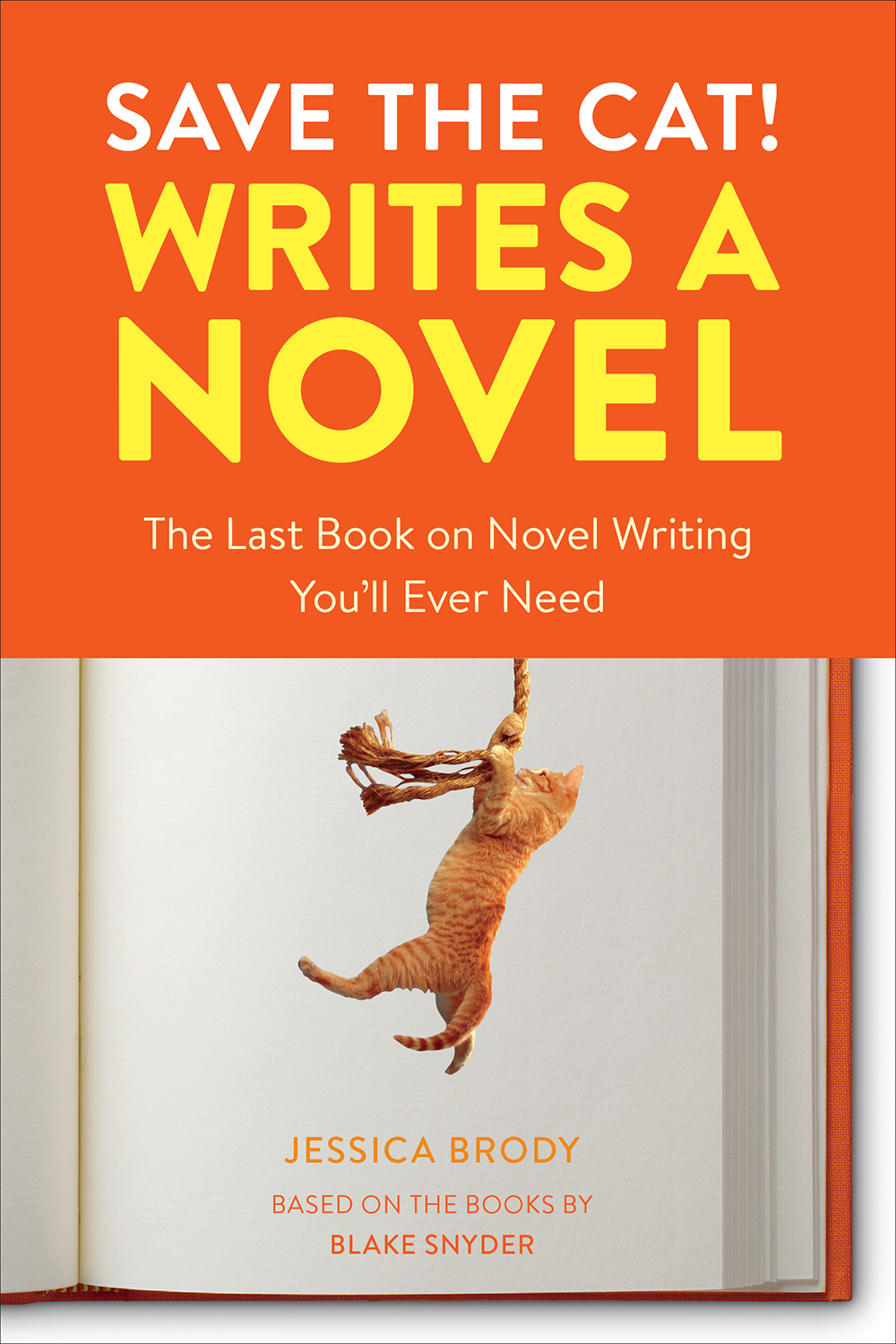Breaking News
*
Breaking News *
While I update my blog when I have big news, you will find more up-to-date information on my socials. Click here to follow my accounts on the your preferred social site.





I'm Plotting Something
After I finished drafting the Haverhill project, I decided to get into a plotting frame of mind by reading a book that’s been on my TBR shelf for a while, Save the Cat Writes a Novel. If you’re not familiar with the Save the Cat plot structure, I highly recommend checking it out. It started as a guide for screenwriters to help them develop successful screenplays. The method focuses mainly around something called a Beat Sheet. The idea is that to keep your story moving and following an arc that will keep readers turning pages, you should focus on a set series of story beats.


